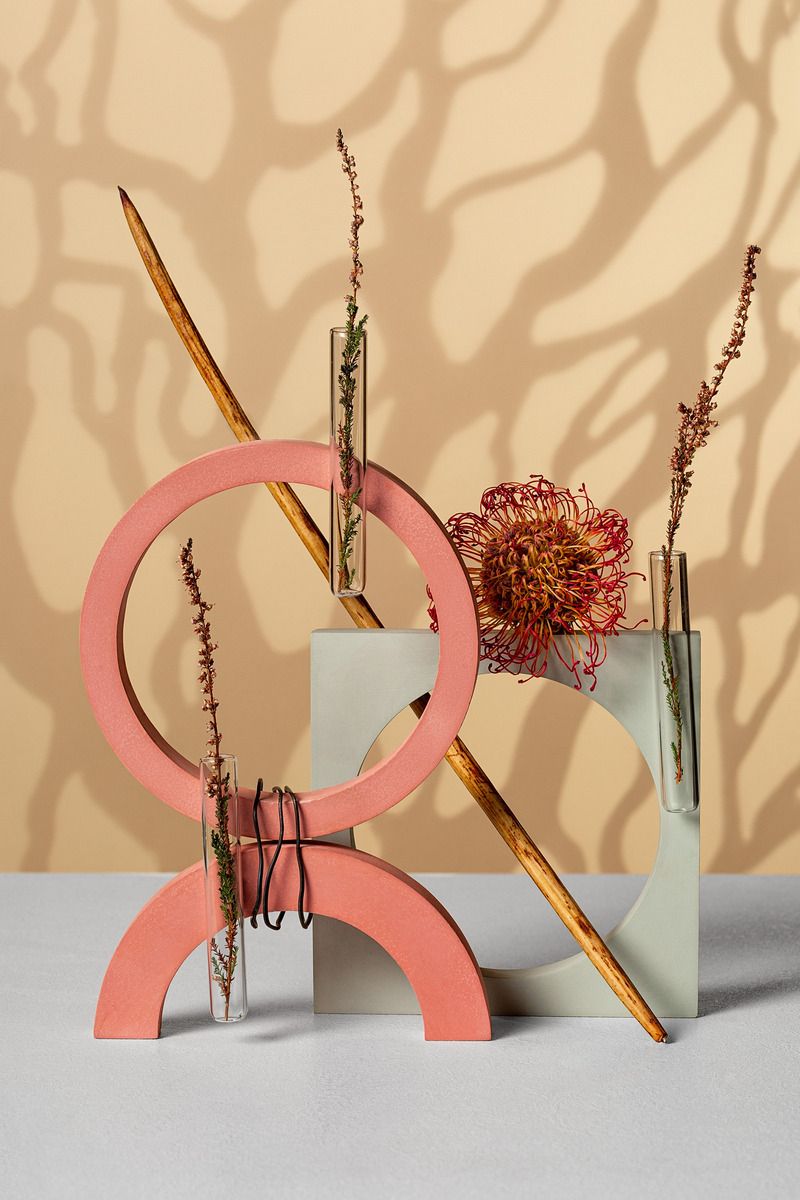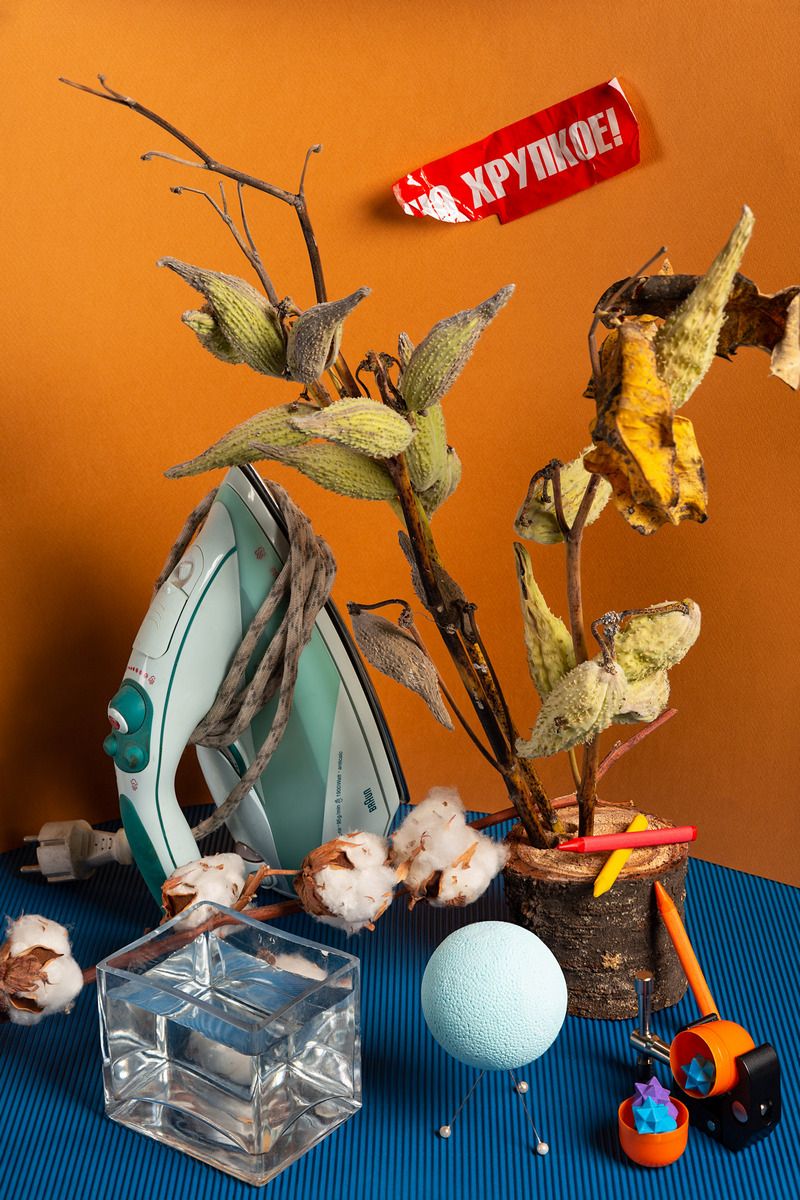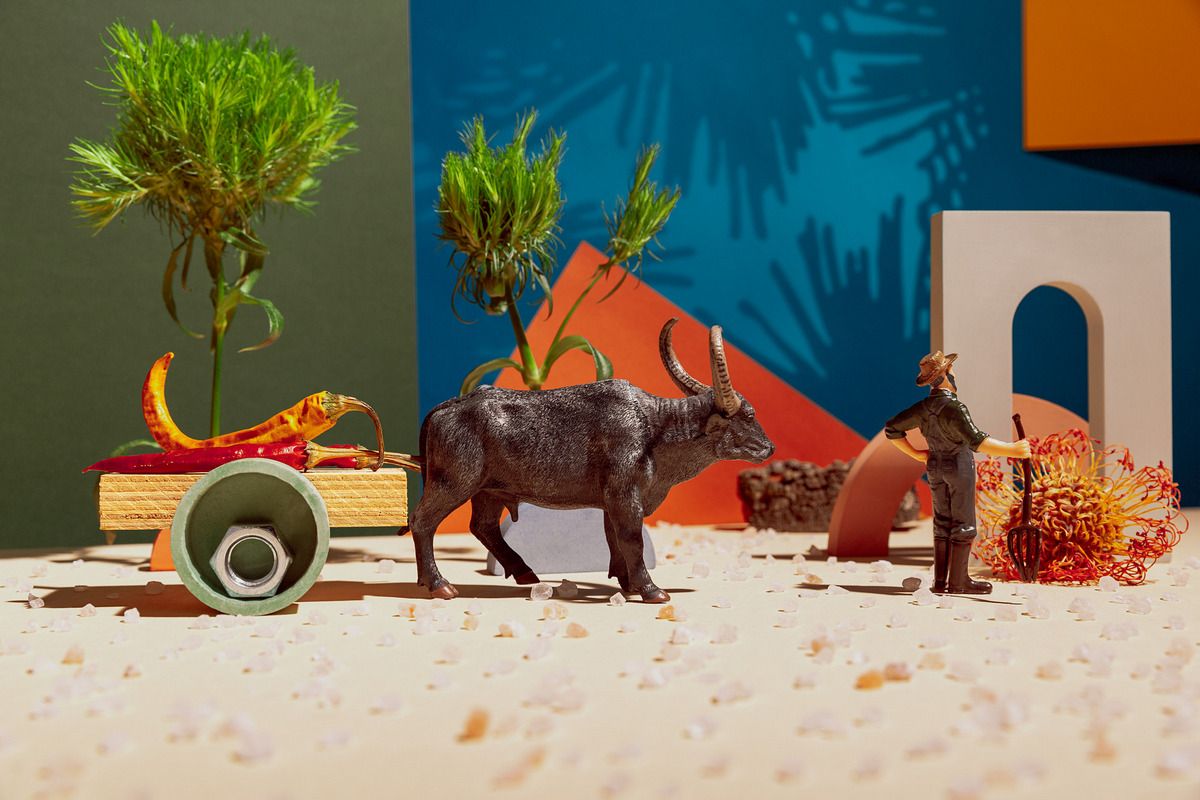blog
Interview with featured photographer Oleksandr Serhiienko

There was no poppy seed in the mouth
F-Stop Magazine: How did you first become involved in photography and what led to you working in this medium as an artist?
Oleksandr Serhiienko: I became interested in photography in my school years (late 90s), when my father gifted me a film camera. For several years, I independently studied photographic techniques by myself and developed as an amateur photographer. In 2012, I started receiving commercial orders, so that year can be considered the year of formation me as a professional photographer. But commercial projects in most cases have a lack of creative tasks, and my artist’s soul desired to create things that will remain for ages. So, little by little, I started to look for the directions of photography that I like the most. Of course, everything started with flowers, landscapes, and continued with nude photography and still lifes.
F-Stop: The current issue of F-Stop Magazine includes images from your work “Selected Dreams,” can you tell us about this project?
OS: Psychologists say that when you talk about certain things that bother you, it makes it easier to perceive them and find ways to solve the problem. Therefore, this art project is my visual language of discussing dreams, desires, fears, everyday events, etc. In other words, I visualized the things that impressed me. In the process of creating photos, I paid important attention to the combination of colors, the harmony of forms and experimented a little with the lighting schemes of the compositions.

Herbal geometry

Prehistoric Earth

Fragile
F-Stop: How does this project relate or differ from your other work that has people in it?
OS: Another direction of my creativity is nude photography. Some connoisseurs say that in many photographs the woman is an important component of the frame, but at the same time she is like a part of a large still life.
F-Stop: What is your process for making these images or your creative process more generally?
OS: The process of creating photos seems to be simple – some idea was born in my head under the influence of surrounding factors. I visualize it in a certain way on paper in text form and/or sketches, adding the necessary “little things”. Then I prepare all the necessary props, plan the lighting scheme. Directly during the shooting, I create the scene according to the plan, making the necessary corrections on the authority of my taste and compositional rules, and also adjust the light layout.
F-Stop: Do you have a favorite image in this series? If so, which one and why is it the image that speaks to you most?
OS: Frankly speaking, it’s a very difficult question, because each of the photos is to my liking, and during the selection from a much larger number, they passed my strict internal judging. One of the technically complex and interesting works is “Seller of greens”, which is my interpretation of a painting by the Armenian artist Martiros Saryan. The shooting took place on the eve of a full-scale war on February 23, 2022, and I associate it with the period when I was building creative plans for the future and had confidence in the future, when there were no explosions and no people dying, when there was confidence that modern civilization knows how to decide problems with words, not weapons.

Seller of greens
F-Stop: What kind of stories do you wish to tell, or how do you strive to relate to an audience?
OS: Since photography is a visual art, my language of communication affects the brain and the heart of the viewer through the eyes. In my photos, I depict the physical projection of my imagination, I do as I please, without trying to follow trends or whims of the crowd. In conclusion, I am talking about my individuality.
F-Stop: Which artists or photographers most inform your creative practice? And Why?
OS: I will not name any specific artists, because I never had the desire to imitate someone, to become someone’s “shadow”. Although I constantly look at the photos of both classic photographers of the 20th century and contemporary artists. I regularly flip through books and magazines by artists of different eras and genres in search of interesting ideas. I watch a variety of films – avant-garde black-and-white films from the 1920s, classic films from the 50s- 80s, and, of course, contemporary films. I am also interested in the work of architects and designers. Fortunately, we live in the age of the Internet, when a lot of information is at a distance of a few mouse clicks, so you should not be lazy to look for interesting information, as well as share your creativity on various platforms. A few years ago I read the book Steal Like an Artist by Austin Kleon and found it worthwhile for contemporary artists. Since it is important for the artist to CREATE, and this process must take into account the experience gained by mankind over many millennia, the artist must reflect his own vision. And not to try to create something completely new, spending years on it to no avail, or engage in outright plagiarism.

Brick is a new black
F-Stop: Are you working on any other projects currently?
OS: Of course. These are new still lifes. With my girlfriend we are doing a project with self-portraits (some results you can see here https://seralex.photo/self-portrait). And another joint project is related to the creation of paper masks, but it is at the stage of implementation, so the first results will be around the beginning of January 2024.
To see more of Oleksandr Serhiienko’s work visit F-Stop’s Portfolio 2023 issue and seralex.photo
Location: Online Type: Featured Photographer, Interview
Events by Location
Post Categories
Tags
- Abstract
- Alternative process
- Architecture
- Artist Talk
- Biennial
- Black and White
- Book Fair
- Car culture
- charity
- Childhood
- Children
- Cities
- Collaboration
- Cyanotype
- Documentary
- environment
- Event
- Exhibition
- Family
- Fashion
- Festival
- Film Review
- Food
- Friendship
- FStop20th
- Gun Culture
- Italy
- journal
- Landscapes
- Lecture
- love
- Masculinity
- Mental Health
- Museums
- Music
- Nature
- Night
- photomontage
- Podcast
- Portraits
- Prairies
- River
- Still Life
- Street Photography
- Tourism
- UFO
- Wales
- Water
- Zine

Leave a Reply